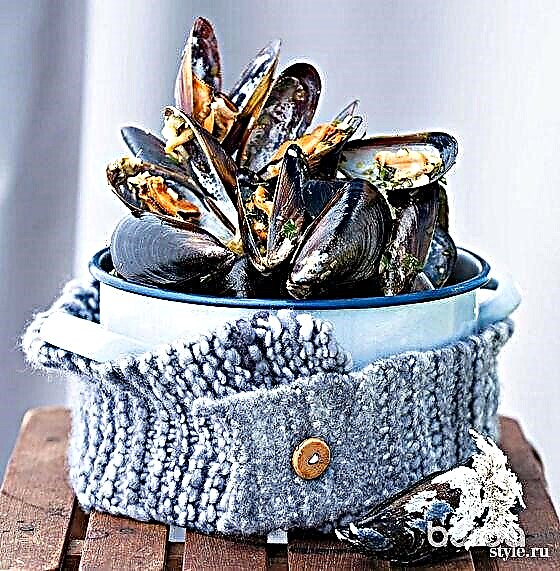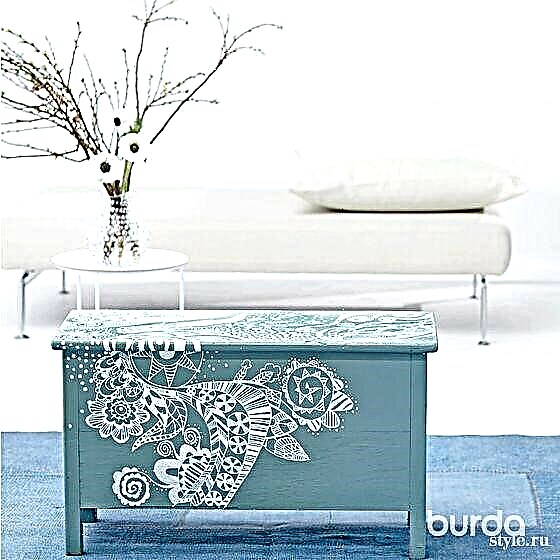Many use these two terms as interchangeable, but the difference between them is quite definite. Let's figure it out!

Despite certain similarities, patterns and patterns are different things. Nevertheless, sometimes there is an opinion that "patterns" is simply a more professional sewing name for a pattern, which is actually not so.
Today we’ll talk about how one differs from the other and at what point in the pattern all the same turn into patterns.
Sewing educational program: how to tuck or undercut?
Pattern and patterns: what is the difference
If formulated very briefly, the pattern differs from the patterns in that it cannot serve as a template for mass production of clothing. To understand why, you have to delve into the details!
 Creative commons
Creative commons A pattern is a stencil made on paper, tracing paper, polyethylene, leather and other materials. The pattern, as a rule, contains a lot of information, for example, control marks, the direction of the equity, and so on, but it can be very detailed or quite approximate, include or not include allowances for seams, and in addition, the pattern literally suggests the possibility changes, fitting according to the figure.

That is why you probably already more than once faced with the recommendation to start sewing the product with a breadboard model, a sampler.It is sewn not so much so that inexperienced craftswomen can work out once again, but in order to try out the pattern, make the necessary changes, check and adjust the fit of the product according to the figure.
What is a product probe and why to sew it

A pattern is also a stencil, but, unlike a pattern, it is maximally complete, accurate and verified up to the absence of the need to change anything in it, agreed and approved. Moreover, this is a stencil that will be used many times, so it is most often made of durable electric cardboard (it is also kraft cardboard). In large industries, there are even the so-called standard patterns - they are used to verify the accuracy of the working patterns that are used in the direct sewing process. To prepare a set of patterns that are suitable for mass production, you will have to work hard, because they must meet strict technical requirements - otherwise, the patterns in production simply will not be accepted.
Sewing educational program: how to wear or wear?
It turns out that using these terms interchangeably is still not worth it, since these are really quite different things, and for objective reasons, for example, Burda patterns are not patterns.
By the way, let’s not also forget that the word “patterns” in the sewing context has one more meaning - this is the name of sewing accessories made, as a rule, from transparent plastic. With the help of such tailor's patterns, it becomes easier to draw pairing lines, draw the necessary elements, in a word, build patterns. But this, as they say, is a completely different story!



